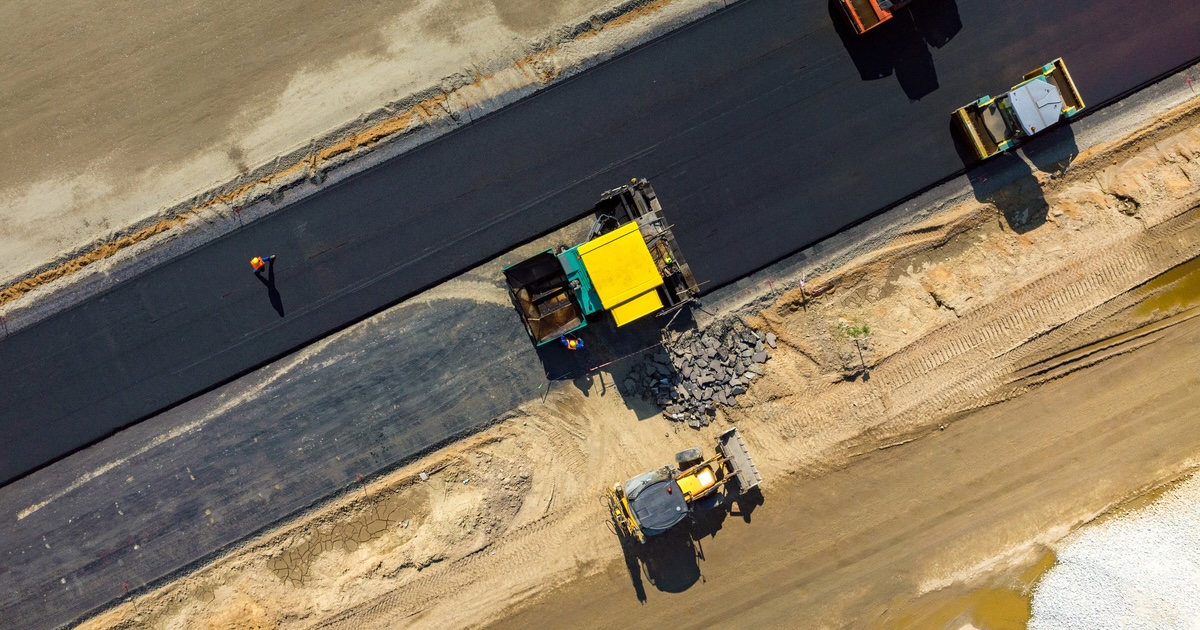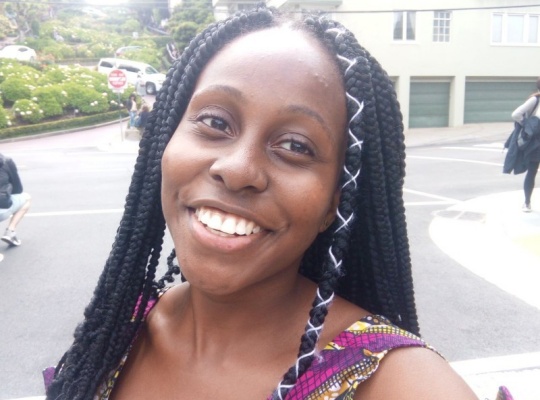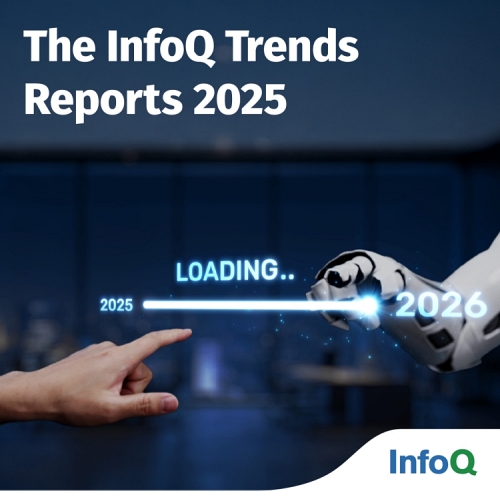Codetown
Codetown ::: a software developer's community
Java Versions
JDK Versions
The various JDK versions are:
- JDK Alpha and Beta (1995): Sun announced Java in September 23, 1995.
- JDK 1.0 (January 23, 1996): Originally called Oak (named after the oak tree outside James Gosling's office). Renamed to Java 1 in JDK 1.0.2.
- JDK 1.1 (February 19, 1997): Introduced AWT event model, inner class, JavaBean, JDBC, and RMI.
- J2SE 1.2 (JDK 1.2) (December 8, 1998): Re-branded as "Java 2" and renamed JDK to J2SE (Java 2 Standard Edition). Also released J2EE (Java 2 Enterprise Edition) and J2ME (Java 2 Micro Edition). Included JFC (Java Foundation Classes - Swing, Accessibility API, Java 2D, Pluggable Look and Feel and Drag and Drop). Introduced Collection Framework and JIT compiler.
- J2SE 1.3 (JDK 1.3) (May 8, 2000): Introduced Hotspot JVM.
- J2SE 1.4 (JDK 1.4) (February 6, 2002): Introduced assert, non-blocking IO (nio), logging API, image IO, Java webstart, regular expression support.
- J2SE 5.0 (JDK 1.5) (September 30, 2004): Officially called 5.0 instead of 1.5. Introduced generics, autoboxing/unboxing, annotation, enum, varargs, for-each loop, static import.
- Java SE 6 (JDK 1.6) (December 11, 2006): Renamed J2SE to Java SE (Java Standard Edition).
- Java SE 7 (JDK 1.7) (July 28, 2011): First version after Oracle purchased Sun (called Oracle JDK).
- Java SE 8 (JDK 1.8) (March 18, 2014): included support for Lambda expressions, default and static methods in interfaces, improved collection, and JavaScript runtime. Also integrated JavaFX graphics subsystem.
- Java SE 9 (JDK 9) (September 21, 2017): introduced modularization of the JDK (
module) under project Jigsaw, the Java Shell (jshell), and more. - Java SE 10 (18.3) (JDK 10) (March, 2018): introduced
varfor type inference local variable (similar to JavaScript). There will be 2 releases each year, in March and September, denoted asyy.m. - Java SE 11 (18.9 LTS) (JDK 11) (September, 2018): extended
varto lambda expression. Standardize HTTP client injava.net.http. Support TLS 1.3. Clean up the JDK and the installation package.
Notes
Welcome to Codetown!
 Codetown is a social network. It's got blogs, forums, groups, personal pages and more! You might think of Codetown as a funky camper van with lots of compartments for your stuff and a great multimedia system, too! Best of all, Codetown has room for all of your friends.
Codetown is a social network. It's got blogs, forums, groups, personal pages and more! You might think of Codetown as a funky camper van with lots of compartments for your stuff and a great multimedia system, too! Best of all, Codetown has room for all of your friends.
Created by Michael Levin Dec 18, 2008 at 6:56pm. Last updated by Michael Levin May 4, 2018.
Looking for Jobs or Staff?
Check out the Codetown Jobs group.
InfoQ Reading List
Inside the Development Workflow of Claude Code's Creator

Claude Code's creator Boris Cherny described how he uses it at Anthropic, highlighting practices such as running parallel instances, sharing learnings, automating prompting, and rigorously verifying results to compound productivity over time.
By Sergio De SimoneNVIDIA Releases Open Models, Datasets, and Tools Across AI, Robotics, and Autonomous Driving

NVIDIA has released a set of open models, datasets, and development tools covering language, agentic systems, robotics, autonomous driving, and biomedical research. The update expands several existing NVIDIA model families and makes accompanying training data and reference implementations available through GitHub, Hugging Face, and NVIDIA’s developer platforms.
By Robert KrzaczyńskiMongoBleed Vulnerability Allows Attackers to Read Data From MongoDB's Heap Memory

MongoDB recently patched CVE-2025-14847, a vulnerability affecting multiple supported and legacy MongoDB Server versions. According to the disclosure, the flaw can be exploited remotely by unauthenticated attackers with low complexity, potentially leading to the exfiltration of sensitive data and credentials.
By Renato LosioPresentation: Fast Eventual Consistency: Inside Corrosion, the Distributed System Powering Fly.io

Somtochi Onyekwere explains the architecture of Corrosion, a distributed system designed for low-latency state replication. She shares how Fly.io transitioned from Consul to a gossip-based SQLite solution to handle global machine data. By discussing CRDTs, the SWIM protocol, and QUIC, she shares how to build resilient systems that prioritize speed while managing the complexities of CAP theorem.
By Somtochi OnyekwereMini book: The InfoQ Trends Reports 2025 eMag

This special edition of The InfoQ eMag, contains a comprehensive collection of our popular InfoQ Trends Reports from 2025, a year with both evolution and revolution within the landscapes of technology, software development trends. This collection does not just reflect the past year's technological trends. We aspire to use it as a guide for future exploration and innovation.
By InfoQ
© 2026 Created by Michael Levin.
Powered by
![]()
You need to be a member of Codetown to add comments!
Join Codetown